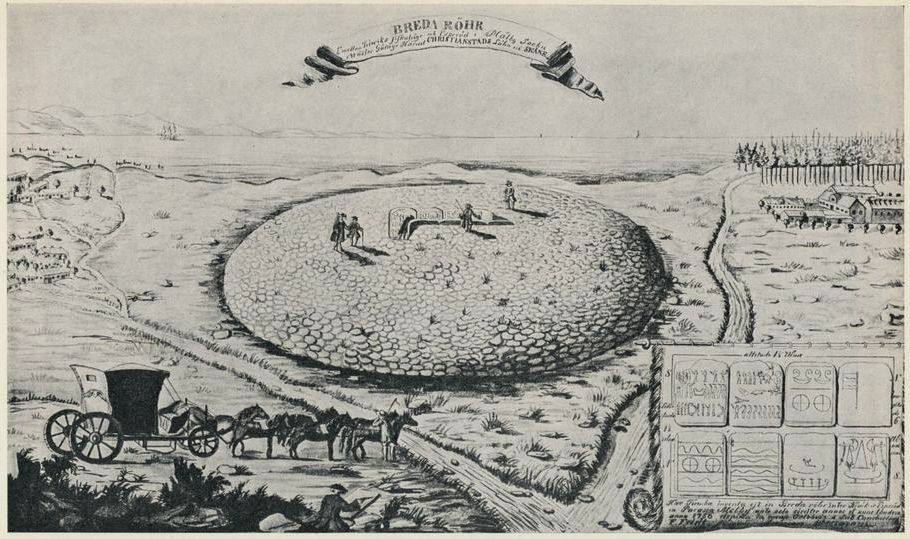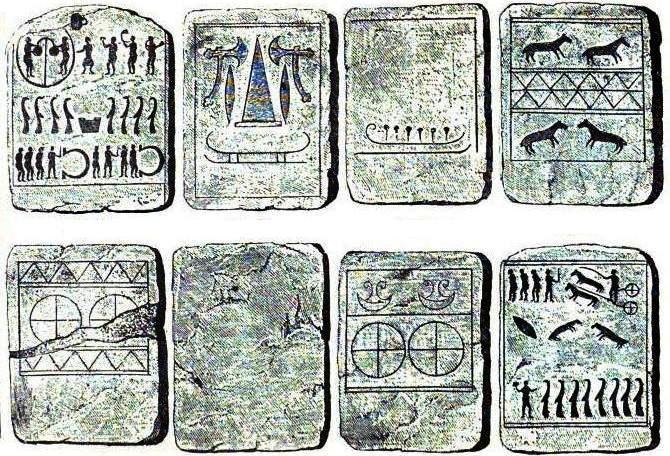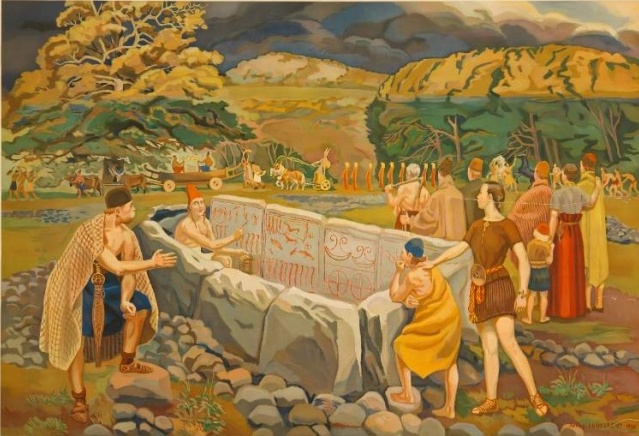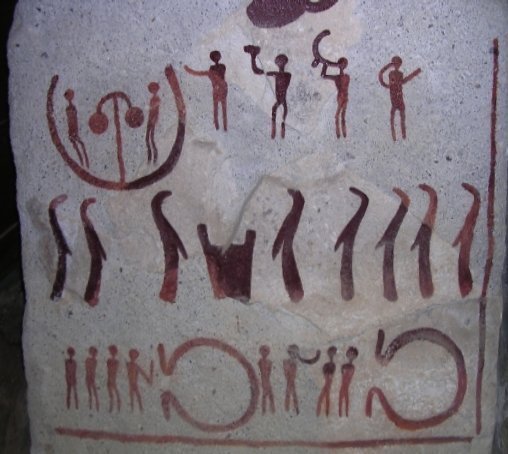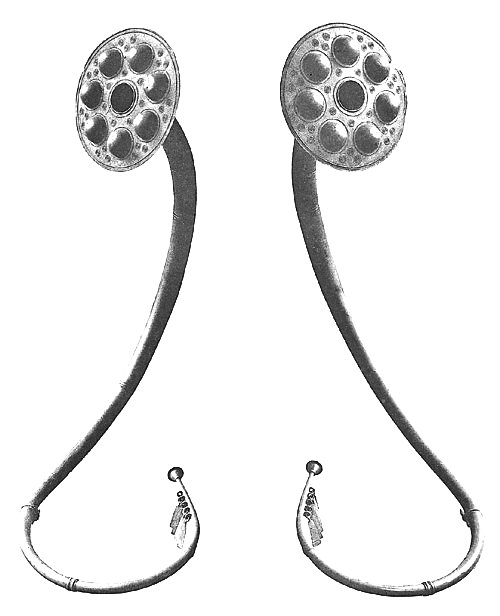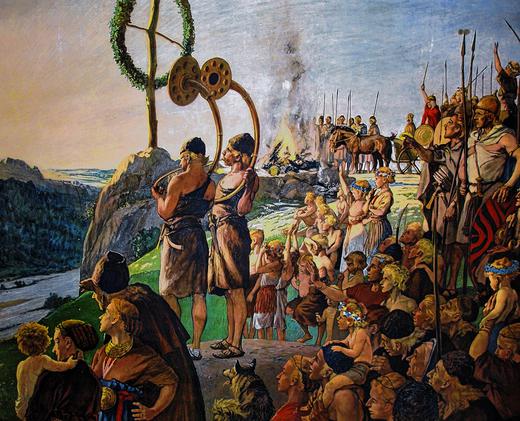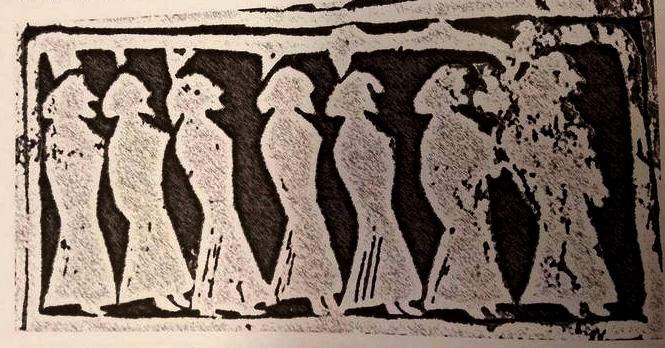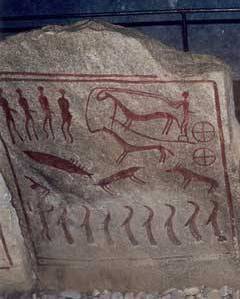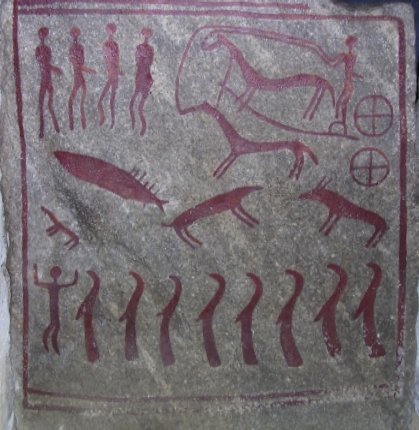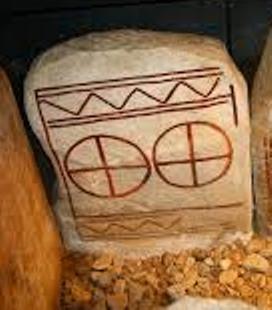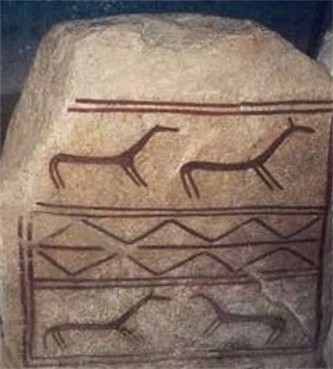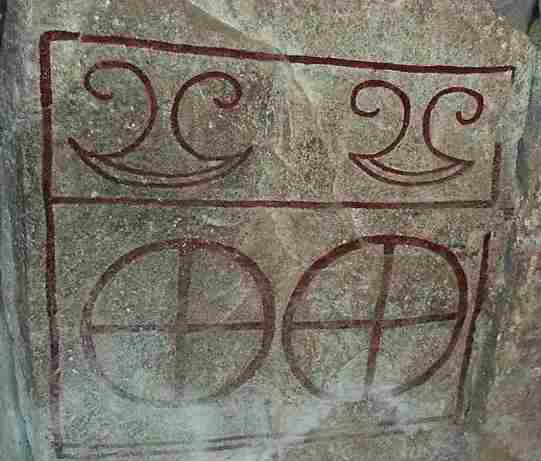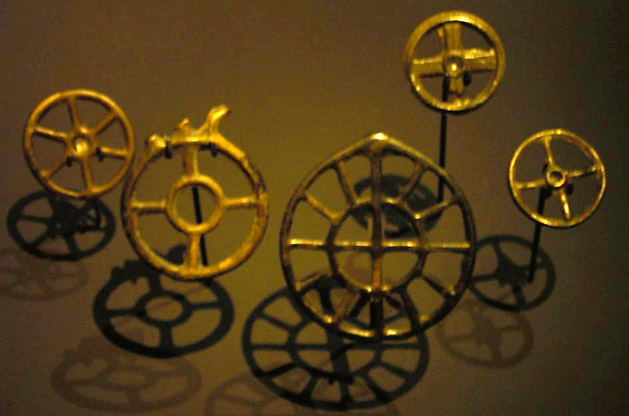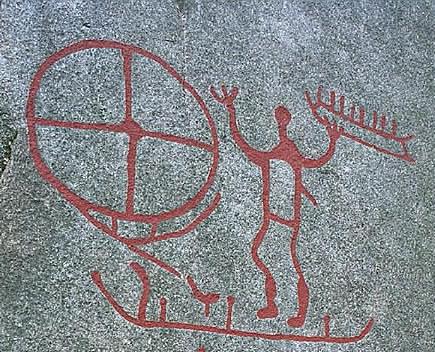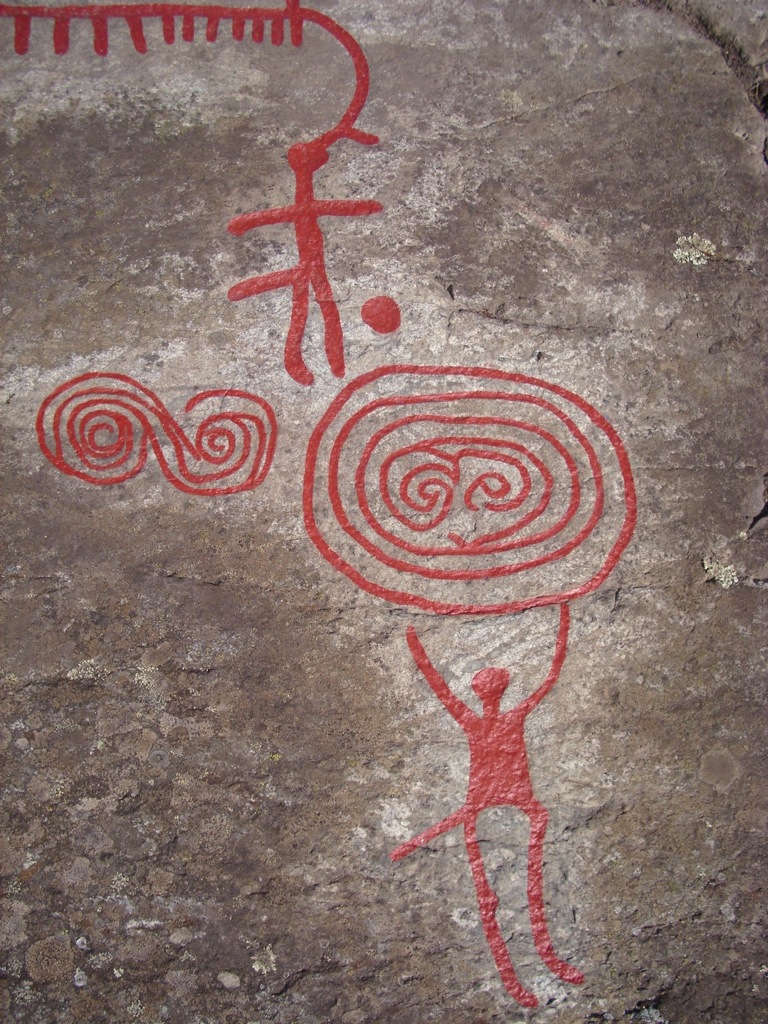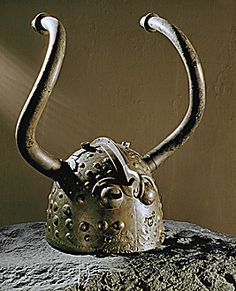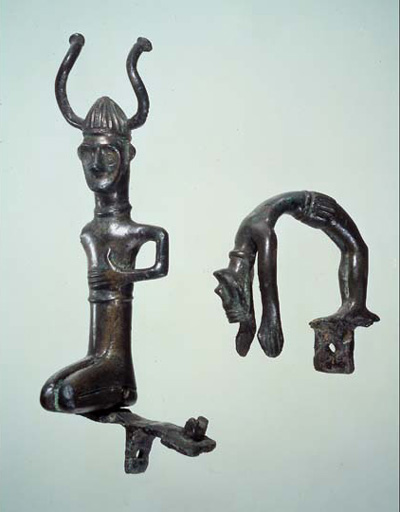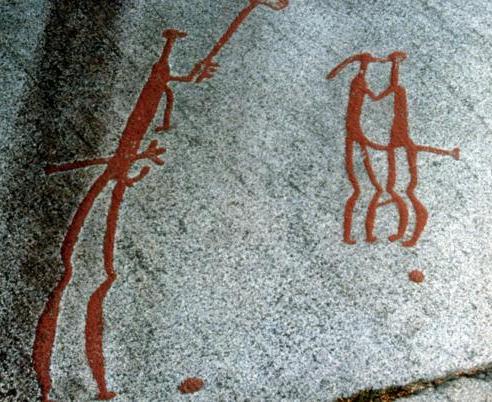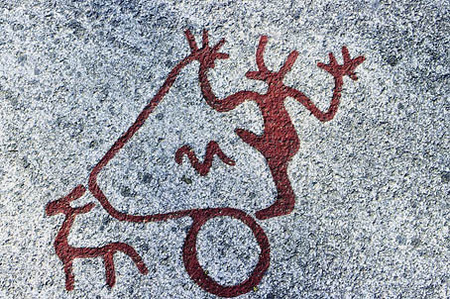Bredarör på Kivik
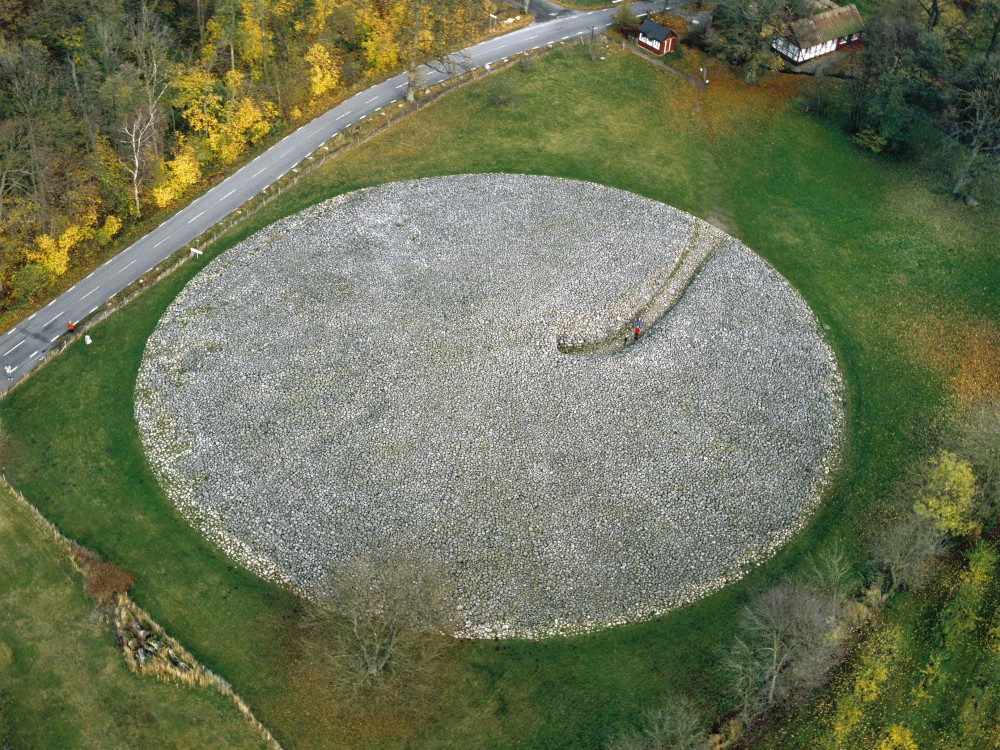
Ariel View c. 2004
[HOME]
[POPULAR RETELLINGS]
Few burial monuments in Scandinavia have
been as well studied as Bredarör on Kivik, a Bronze Age cairn,
located half a mile north of Simrishamn on the southeastern
coast of Skåne. Dated to roughly 1600 BC, and perhaps earlier,
the site measures 75 meters in diameter. It is the largest mound
of its type in Sweden. Systematically
plundered for building materials in centuries past, a central
stone chamber was uncovered in 1748, containing a central
stone-cist, measuring 3.8 meters long by 1 meter wide, formed of
upright stone slabs, the size of a human grave. The original
contents of the cist are unknown, having been removed sometime
prior to the cairn's first documention, thereby destroying
evidence which would have allowed more accurate dating.
Historically, excavation of the site has been poorly recorded.
While no definitive interpretation of these images can ever be made, their close affiliation to other Bronze Age Rock Carvings (Swedish: hällristninger; Norwegian: helleristningar) in the region has been well-documented and thus the Kivik Grave petroglyphs should be viewed in the context of the large number of rock-art sites found throughout Scandinavia dating from the late Bronze Age (1800-500 BC). For a sampling of a wide variety of these, see On The Rocks. The area surrounding the tomb is home to many Bronze Age monuments. The Ängakåsen Grave Field, featuring a "stone boat" lies about 300 meters away. From the grave field, a pre-historic road once led to the sea. Other significant sites in the immediate region include: Skelhøj on Jutland, Sagaholm in Northern Småland, and Mjeltehaugem from Giske in Sunnmøre. |
|||||||||||||||||||||||||||||||||
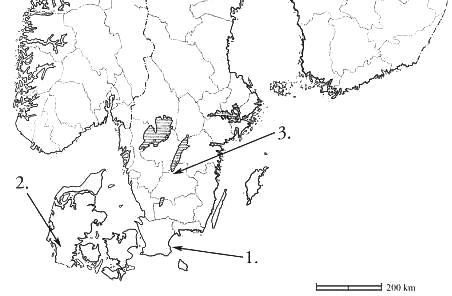 1. Bredarör på Kivik; 2. Skelhøj on Jutland; 3. Sagaholm, Northern Småland. |
|||||||||||||||||||||||||||||||||
|
Depicted on the stone slabs facing the interior of the grave are groups of human figures, often interpreted as participants in scenes from a ritual drama. As the images face inward toward the grave, the individual buried in the cairn is thus the presumed focus of the elaborate ceremony illustrated on the slabs. The scenes are thought to represent Bronze Age mortuary rituals, religious symbols and grave goods.
The four figures on the top right clearly represent musicians. Three appear to blow the large curved bronze horns known as Lur, found throughout Scandinavia. The presence of Lur players implies religious activity. The purpose of the two figures in the U-shaped object on the top left are unknown, but may represent drummers of some sort.
At the top of the Oseberg Tapestry (834 AD), we also find a procession of 8 robed figures, walking behind a man carrying a symbol, all led by a costumed horned figure. They accompany a covered wagon, perhaps holding an idol:
A similar scene appears on a Götland picture stone from the Viking Age:
On the bottom row of the same stone at Kivik, 8 complimentary male figures, gather in two groups of four, each before an unidentified open structure, perhaps a drum or sacrifical vat. They be musicians, priests or warriors. On the left, an armed man appears to lead 3 captives, perhaps human sacrifices. On the adjacent stone, some of the same figures are repeated:
|
|||||||||||||||||||||||||||||||||
|
|||||||||||||||||||||||||||||||||
 In the Summer of 2014, using forensic techniques, archaeologists Tommy Andersson and Andreas Toreld were able to recover these images from one of the damaged stones. Visit their site for full documentation of their important work. |
|||||||||||||||||||||||||||||||||
|
Bronze Age Axe Heads are depicted on two of the Kivik stones along with spoked 'sun wheels' 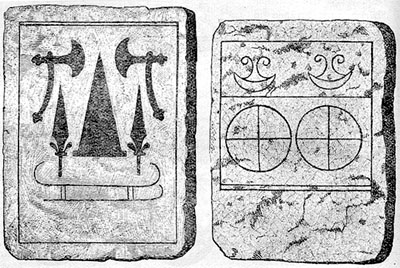
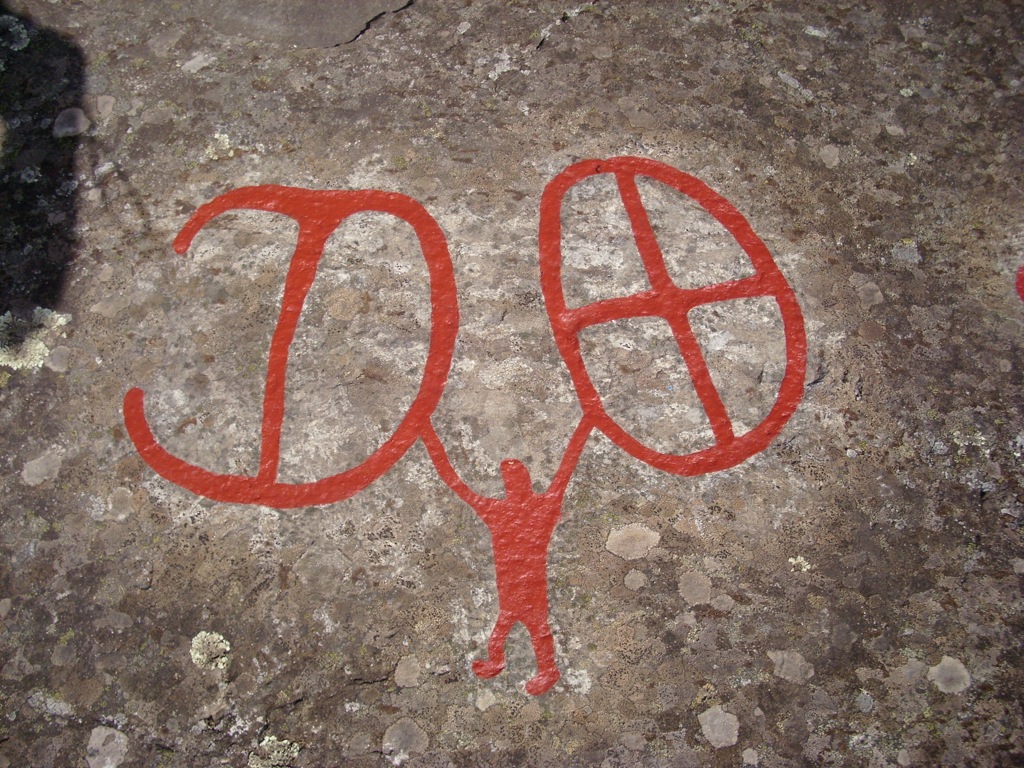 Drawings of Bronze Age Figures found at Grevensvænge, Zealand in 1779, dated between 600-800 BC. Today, only part of one of these figures has been preserved (below, right).
Numerous similar figures have been found on the rock-carvings. Here an acrobatic figure leaps over a ship, in a similar pose to a single figure found at Grevensvænge, Zealand, along with the horned, axe-wielding figures (above, right) 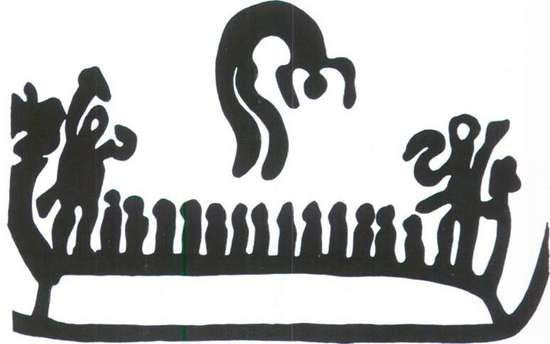 Another acrobat among other figures on a ship from Bohuslan: 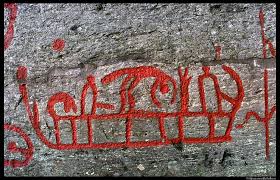 Axe Wielding Figures on Petroglyphs at Tanum, Böhuslan, Sweden 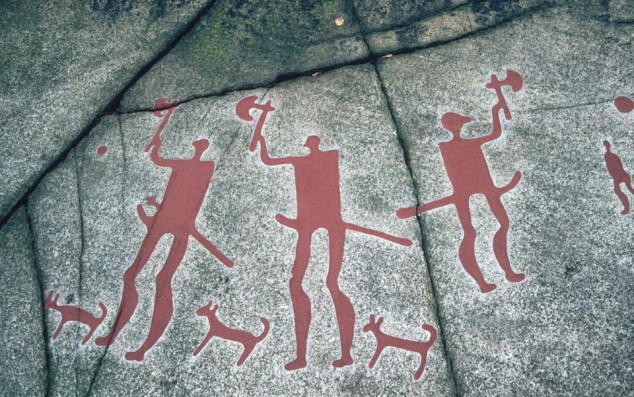 Horned figure, perhaps representing a god, with armed warriors in a boat. The figure has also been interpreted as an oversized ceremonial effigy. 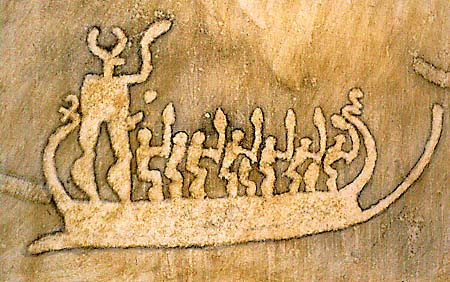 Horned figures playing Lur, perhaps dressed as Animals, indicated by the size and shape of their legs, and possibly curved tails. Axe Wielding figure at the center of a ceremony on a boat with Lur player at Tanum, Böhuslan, Sweden 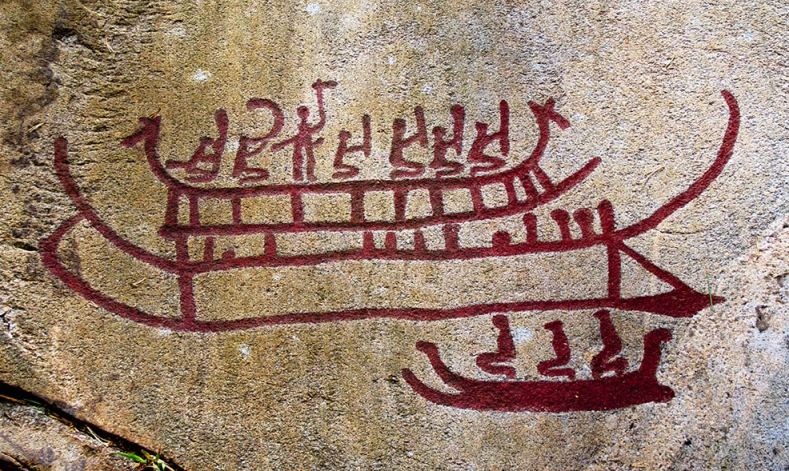 Musicians and Dancers on a Boat at Tanum, Böhuslan, Sweden  Axe Wielding Figures with spoked wheels from Tanumshede, Sweden Here, they may represent shields. 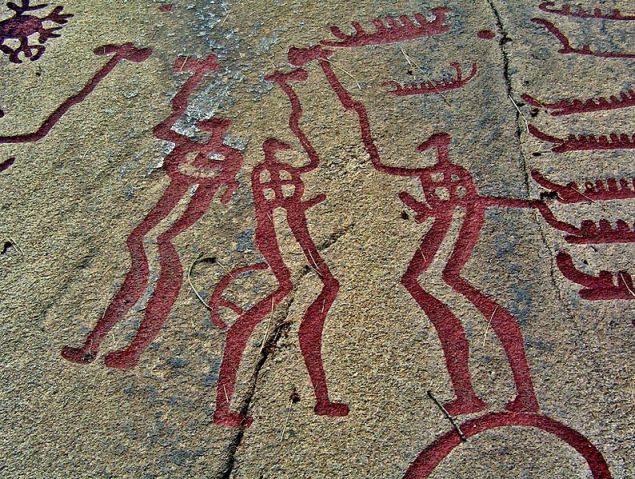 Figures at Bohuslan often interpreted as Thor
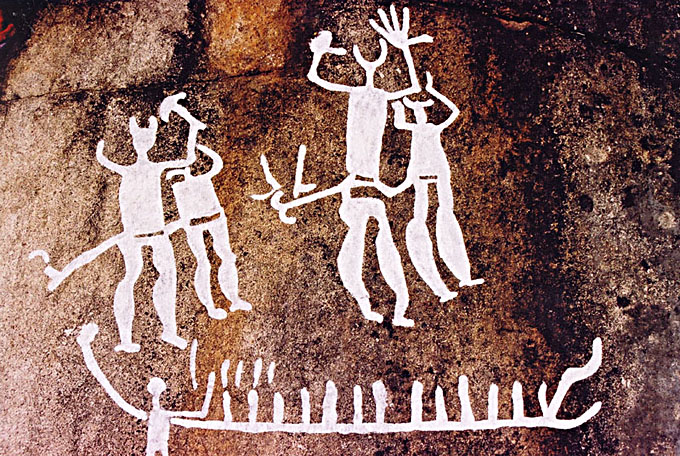 Thor (with hammer) and Thjalfi face Hrungnir and Mokkurkalfi at Tossene Panel 32-1 |
|||||||||||||||||||||||||||||||||
[POPULAR RETELLINGS]
